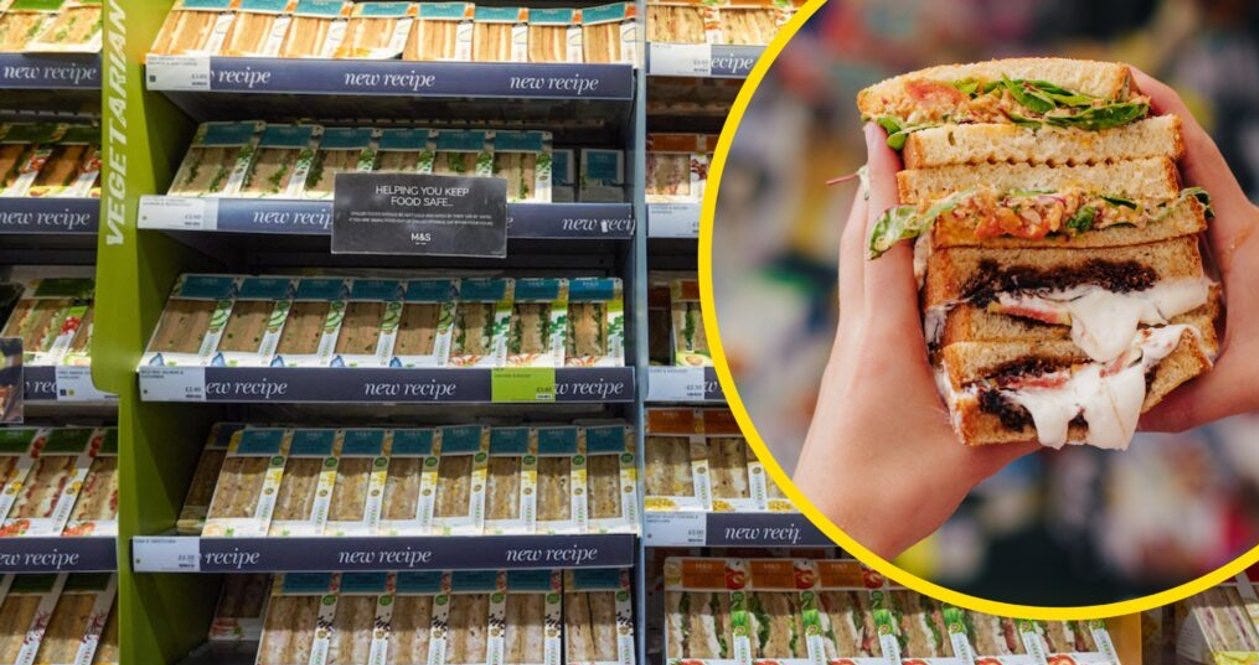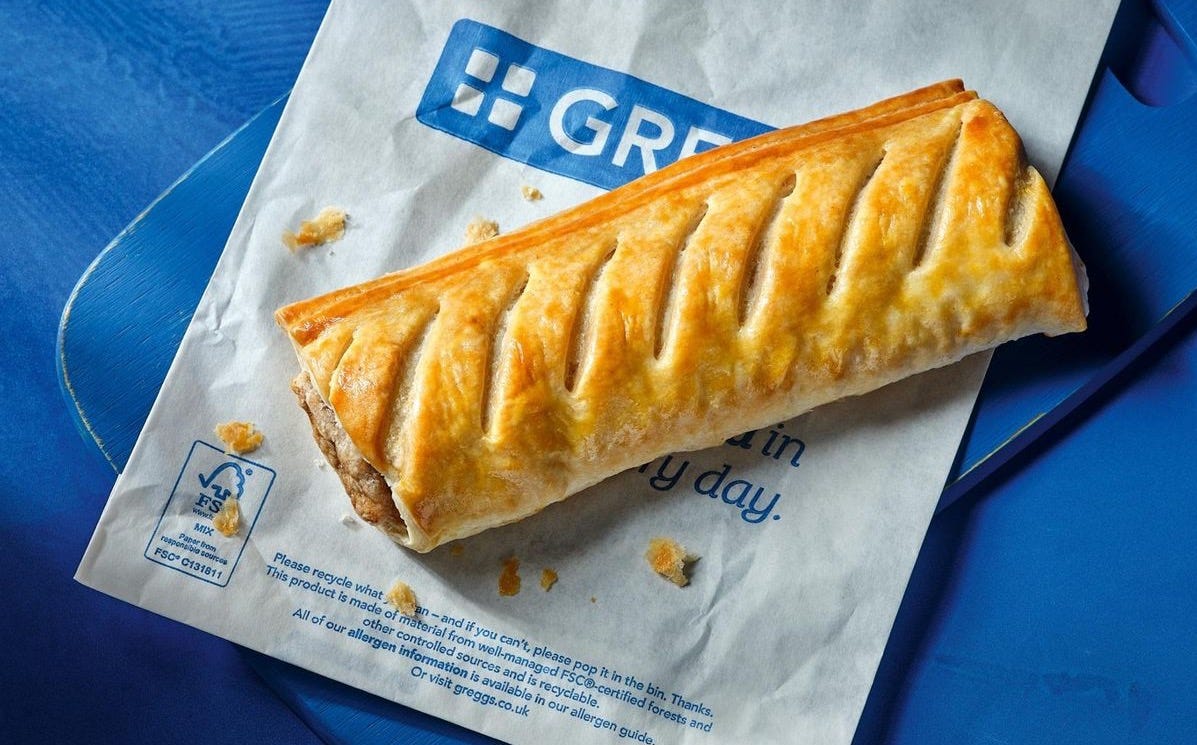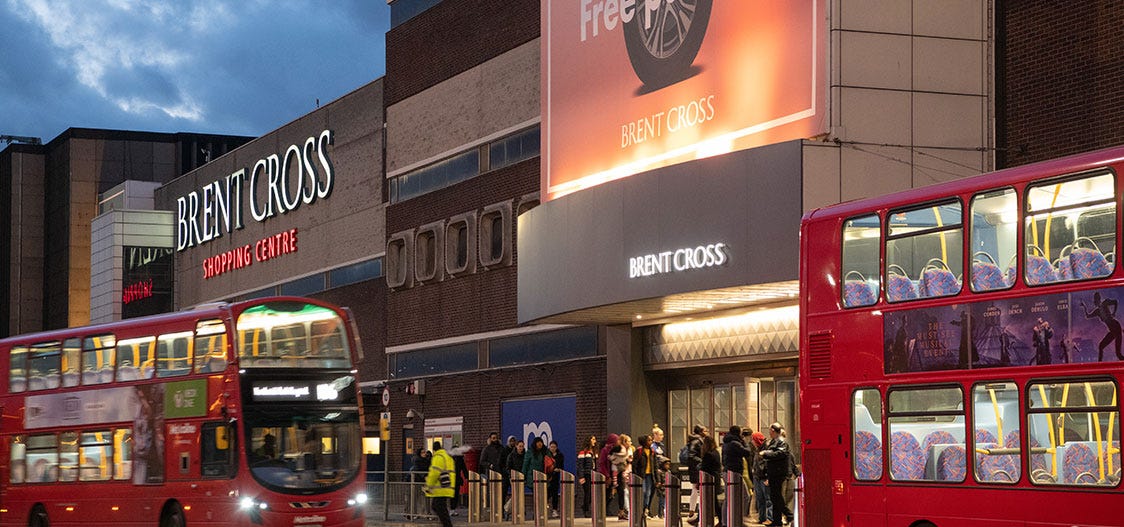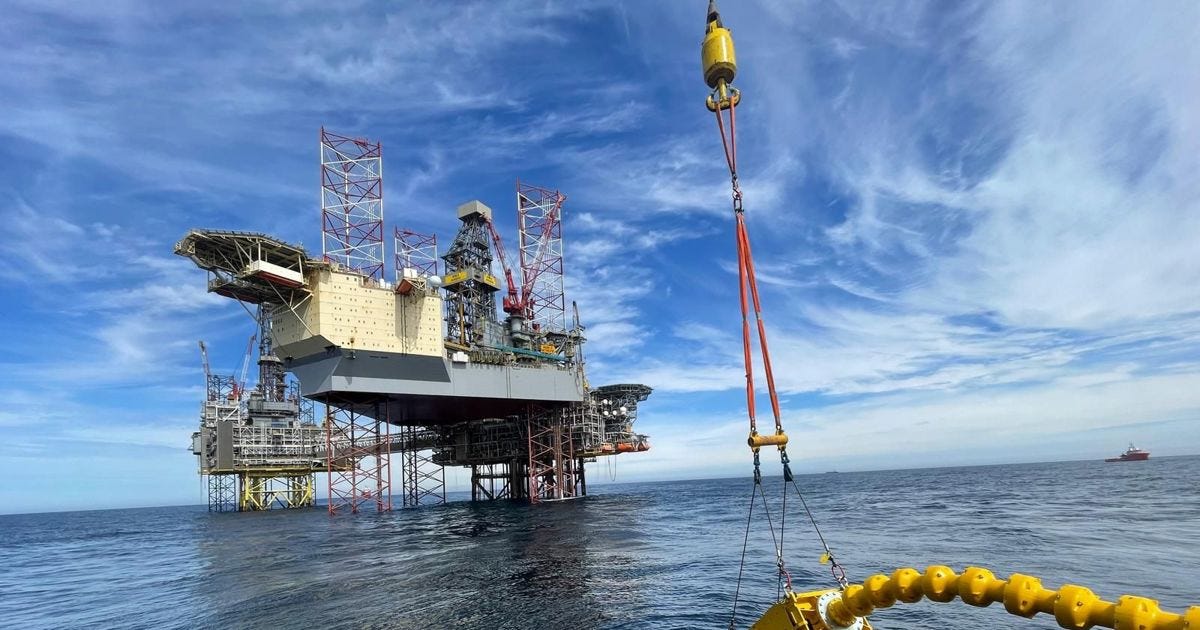FTSE 250 A to Z: 🟢 Grainger 🟢 Greencore 🟡 Greggs 🔴 Hammerson 🟢 Harbour Energy
Sandwiches and sausage rolls, residential and commercial real estate, and oil and gas exploration and production
Two areas of UK world leading expertise: packaged sandwiches and sausage rolls. Plus a play on the continued growth of more professionalism and scale in the private rental sector, and on the continued demand for oil and gas. As before these are quick summaries with red, amber, green denoting whether I want to take a closer look. No detailed financials or valuations yet. You can search the full list of FTSE 250 companies here.
This is not investment advice and all opinions are my own. Please do your own research and invest according to your financial circumstances.
Jump to: Grainger | Greencore | Greggs | Hammerson | Harbour Energy
🟢 GRAINGER (GRI)
Mkt cap: £1.41bn | Revenue FY24: £205m | Net income FY24: £31m
Grainger just converted to a REIT, which along with investment trusts, is a sector I’m normally skipping on this tour. Not because I don’t like REITs (although I don’t like investment trusts), but because I feel it’s a specialist area, more of an infrastructure or fixed income investment, versus let’s find an interesting UK company. But I think Grainger is worth looking at – it’s only very recently converted, and its business benefits from big structural tailwinds. Those tailwinds are the UK’s consistent failure to build enough houses to meet supply, politician’s consistent failure to countenance tax changes that could cause house prices to fall, and governments consistent action to make the UK rental sector more consolidated and professional. With roots in the North East of England, Grainger has transformed itself over the last nine years to focus on the build-to-rent sector – a small but fast-growing segment of the UK’s private rented sector (also known as multifamily housing). This sector is far more developed in the US than in the UK, and with sustained government backing its growth looks set to continue.
Last updated: 8 October 2025
🟢 GREENCORE (GNC)*
Mkt cap: £1.04bn | Revenue FY24: £1.8bn | Net income FY24: £46m
When anyone asks me what the UK is a world leader in, my first response is packaged sandwiches. Export potential may be limited, but no one can tell me there’s a better sandwich than an M&S prawn mayo? And the company that supplies most of those sandwiches is Greencore. It produces over 700 million a year, in a 24-hour continuous process, and they account for close to 50% of revenues. The rest of the firm’s business is made up of salads, ready meals, soups, quiches and other ready-to-go food. After falling into a bit of a rut around covid the company has delivered steady operational improvement in recent years. I like this sector of the food industry (which is more under the radar and less cutthroat competitive than UK supermarkets), and flagged Bakkavor, a similar-sized competitor, as one to watch last year. Greencore and Bakkavor announced plans to merge in April, and both stock prices are up since so investors seem to approve. However, the merger is currently being reviewed by the CMA and looks like a test of the UK’s new approach to merger control. I’d wait to see how this plays out but think the industry and the companies involved remain worth a detailed look.
Last updated: 9 October 2025
*As of writing Greencore was in a takeover situation
🟡 GREGGS (GRG)
Mkt cap: £1.71bn | Revenue FY24: £2.0bn | Net income FY24: £153m
You might argue that as well as being a world leader in packaged sandwiches, the UK is a world leader in sausage rolls, and if so, Greggs is undisputed national champion. The high street chain has been on a tear over the last ten years, expanding from around 1,500 stores to close to 3,000, funded largely by retained earnings. Investors took notice and from 2015 to end-2024 the share price close to quadrupled. Greggs is still opening new stores in the UK, although not at such a break neck speed. It’s a good business, and certainly captured the cultural zeitgeist in the last decade, but I’m a little worried we might be past peak-Greggs, and the big investment play here was ten years ago. The flip side of lower growth is that the stock is no longer priced for it. Valuations are less demanding, but I’d prefer to see how the next year plays out.
Further reading:
Last updated: 9 October 2025
🔴 HAMMERSON (HMSO)
Mkt cap: £1.51bn | Revenue FY24: £121m
Hammerson is another UK REIT, first admitted to the LSE in May 1945. With a portfolio of shopping and leisure centres, it’s a commercial real estate play that was hit hard by the double-whammy of covid shutdowns and rising interest rates. After a big rights issue in 2020, it’s rebuilt the balance sheet and stabilised the business, but as this is ultimately a play on UK commercial real estate, headwinds of higher interest rates, higher costs, and lower office occupancy rates remain. There may be cyclical value here, but I prefer the UK residential sector for long-term trends.
Last updated: 9 October 2025
🟡 HARBOUR ENERGY (HBR)
Mkt cap: £2.9bn | Revenue FY24: £1.8bn | Net income FY24: £46m
Until a few years ago Harbour Energy was a North Sea-focused oil and gas exploration and production company, churning out 159,000 barrels of oil equivalent per day, most of which came from UK waters. To put that in context, the world’s largest E&P company, Aramco, churns out ~12 million barrels per day. A $11.2 billion acquisition of Wintershall Dea’s non-Russian oil and gas assets later, and Harbour has more than tripled production, and gained geographic diversification across Norway, Argentina, Mexico, and beyond. This was a big acquisition for a FTSE 250 company that at the time had an enterprise value of only £2.8 billion, and to fund it, Harbour issued ~$4 billion of equity, with German chemical giant BASF (the previous owner of Wintershall) now a 47% shareholder, took on $4 billion of Wintershall’s debt, and used $2 billion of its own cash. The integration appears to be progressing well, and I like the intent of management to pursue it and diversify away from the UK. I’m all for cleaner energy sources but global demand for oil and gas isn’t disappearing any time soon. Harbour feels like a well-run, ambitious UK company taking advantage of that.








The problem as I see it not just what you say, that maybe fashions change. Brezelkönig come in from Switzerland and we all start snacking on pretzels, but also I just think Greggs are saturated. There are 9 in Swindon, 2 in Cirencester. You get them where people are doing "chores". Going to work, everyday shopping, visiting a hospital, making a delivery. No-one is going out to Bourton-on-the-Water and wanting a Greggs. They want a charming Cotswold tea rooms. It's hard to find anywhere on a map you could put one without cannibalising other Greggs.
So, I'm out. But if Huffkins ever goes public with a plan for massive expansion of tea rooms (they have 9 already), I'll be buying some.
Any views on Unite (UTG) Vs Grainger? Both look attractive. Unite has higher yields on properties with similar levels of rent growth. Higher cost of debt for UTG currently but both should normalise over time